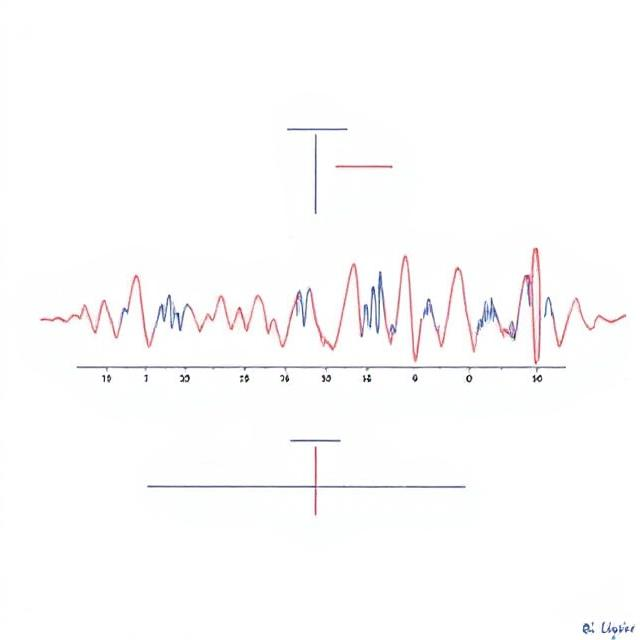Satellite communication involves sending signals between a satellite in space and a device on Earth (like a...
Physics
Tensile Stress tells us how much force is applied to a material, spread over its surface area....
Transmission is when light passes through a material. Absorption is when a material takes in light and...
Microscopes are essential tools in research across many fields like biology, materials science, medicine, and physics. Each...
The fundamental forces in nature are the four basic interactions that govern how objects and particles in...
Dark Matter helps us understand how galaxies are formed and how they stay together. Without dark matter,...
Energy is all around us. It powers our homes, moves our vehicles, lights up our screens, and...
The Critical Angle is a concept from optics, specifically related to the refraction of light when it...
concave and convex mirrors are types of curved mirrors. These mirrors are used in various applications like...
A central force is a force that acts on an object and always points toward or away...
The angle of dip, also known as the magnetic dip, is the angle made by the Earth's...
Archimedes' Principle is a crucial concept in physics, providing a comprehensive understanding of buoyancy and the behavior...
Amplitude is the height or strength of a wave. In the context of sound, it refers to...
Aerodynamics is the study of how air moves around things, especially objects like airplanes, cars, and even...
In physics, work is done when a force acts on an object and causes it to move...
Magnetism is a force that causes certain materials to attract or repel each other. It’s a fundamental...
Atoms are the tiny parts that make up everything around us — like water, air, your phone,...
Snell's Law describes how light (or any wave) bends when it passes from one medium (like air)...
Refraction occurs when a wave passes from one medium (like air) into another medium (like water) and...
Torque is a force that causes something to rotate around an axis. You can think of it...




























